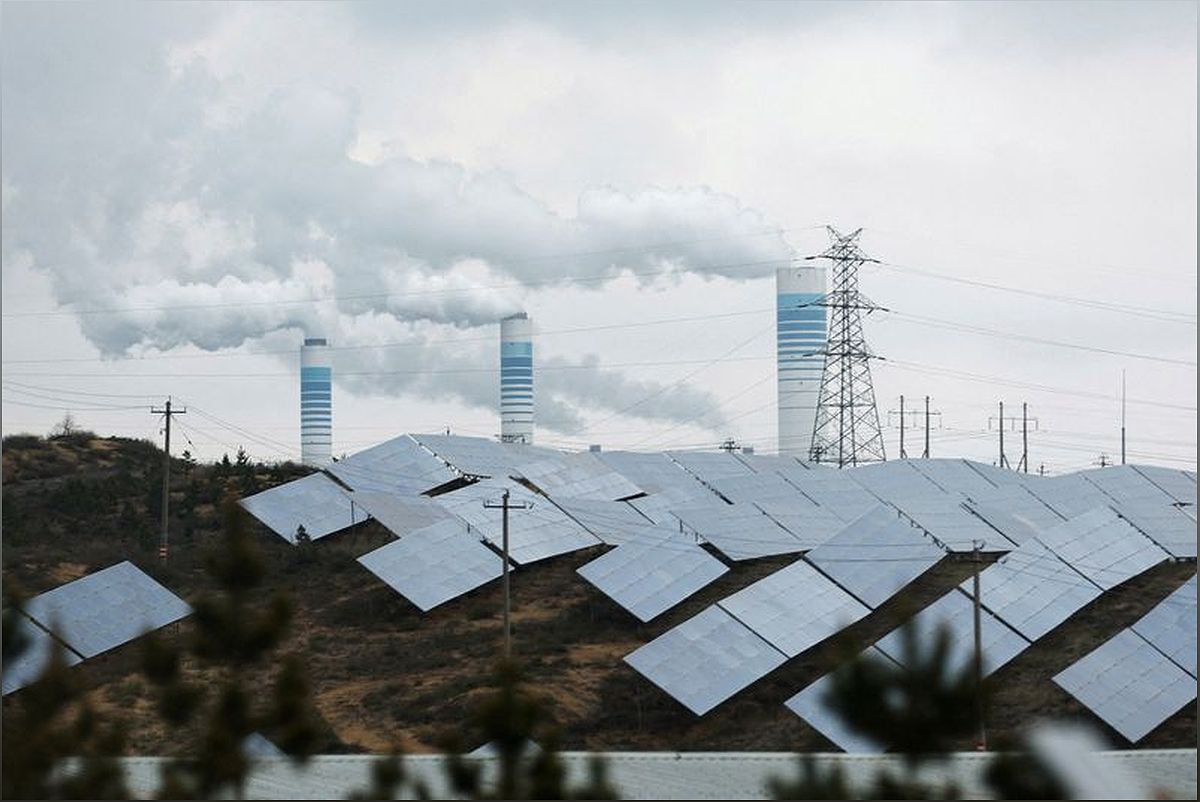In recent years, Asia has emerged as a leader in clean energy production, outpacing North America and Europe. This trend highlights the region's resistance to Western attempts to curtail coal financing. While the importance of increasing clean power to combat climate change is widely recognized, Asian nations like China and India have not fully embraced the COP28 pledge to triple global renewable energy capacity by 2030. Despite facing higher financing costs and limited access to funds, Asia has made significant strides in the fight against climate change since the Paris climate agreement. Clean power now accounts for 32% of Asia's overall power output, compared to 55% in Europe and 46% in North America. However, Asia still contributes three-fifths of global emissions from power generation, with countries like India and China continuing to build coal-fired plants to meet growing electricity demand. This article explores the complex dynamics between Asia's clean energy growth and Western influence, shedding light on the challenges and opportunities in the global transition to a sustainable future.
Asia's Resistance to Western Coal Financing Restrictions
While the West emphasizes the need to reduce reliance on coal-fired power plants, Asian nations have shown resistance to these restrictions. China and India, in particular, have not fully supported the COP28 pledge to triple global renewable energy capacity by 2030. This defiance reflects their argument that wealthier countries should take more responsibility for reducing emissions, given their higher per capita emissions and continued use of fossil fuels.
Despite the pressure from the West, Asia has continued to build new coal-fired plants to meet the growing demand for electricity. This divergence in approach highlights the complex dynamics between Asia's energy needs, economic development, and the global transition to cleaner energy sources.
Asia's Leadership in Clean Power Generation
Contrary to Western expectations, Asia has made significant strides in clean power generation since the Paris climate agreement. Clean power now accounts for 32% of Asia's overall power output, surpassing both North America (46%) and Europe (55%). This achievement demonstrates Asia's commitment to combating climate change and reducing carbon emissions.
Despite facing higher financing costs and limited access to funds, Asian governments have prioritized clean energy development. They have implemented policies and incentives to encourage the adoption of renewable energy sources, such as solar and wind power. This leadership in clean power generation positions Asia as a key player in the global transition to a sustainable future.
The Role of Gas as a Transition Fuel in the West
While Asia continues to rely on coal for its energy needs, Western nations have been transitioning towards gas as a cleaner alternative. Gas-fired power generation has played a significant role in reducing emissions in the West, with the phasing out of coal being a key driver of this shift.
However, this transition has had implications for Asia's energy landscape. As Western countries decrease their reliance on gas, Asia's share of gas-fired power generation has been shrinking. This shift presents both challenges and opportunities for Asia, as it navigates the need for cleaner energy sources while ensuring a stable and affordable electricity supply.
India's Stance on Coal and Fossil Fuels
India, as the world's second-largest coal user, has been vocal about its opposition to singling out coal as the sole focus of emissions reduction efforts. Instead, India advocates for a broader approach that includes the phase-down of all fossil fuels.
The Indian government recognizes the importance of renewable energy and has set ambitious targets for its expansion. However, it also highlights the need for increased investment in energy storage to support the intermittent nature of renewable sources. India's stance reflects the complexities of balancing energy demands, economic growth, and environmental sustainability.
The Way Forward: Collaboration and Innovation
As Asia continues to grapple with the dual challenges of meeting growing energy demands and reducing carbon emissions, collaboration and innovation become crucial. Wealthier nations can play a significant role in supporting Asia's transition to cleaner energy sources by providing financial assistance, technology transfer, and knowledge sharing.
Furthermore, fostering innovation in renewable energy technologies and energy storage solutions is essential for overcoming the intermittent nature of clean power sources. By working together and embracing innovative approaches, Asia and the rest of the world can pave the way towards a sustainable future.

